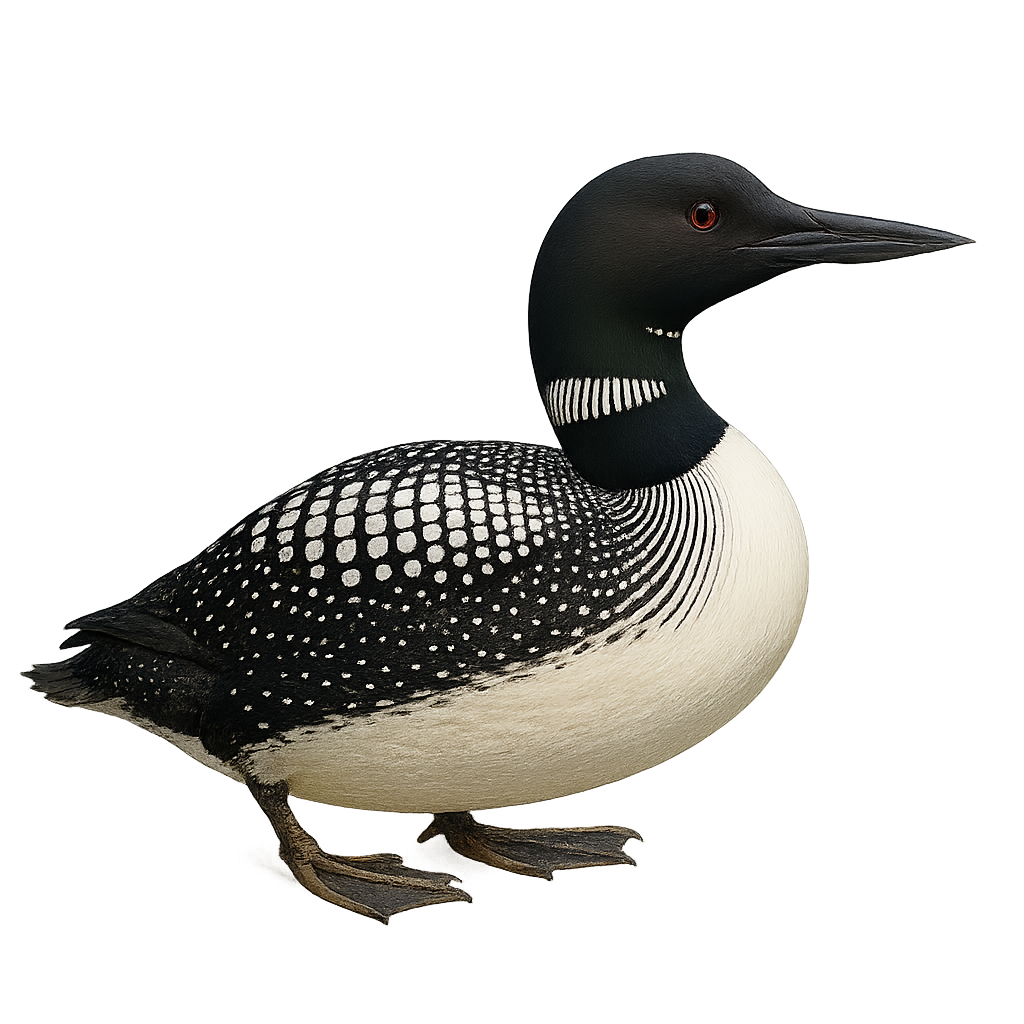Observe and photograph a species in its natural habitat
Learn where and when to observe a species in the wild, how to recognize it in the field, and what habitats it lives in. Get photography tips adapted to its behavior and capture stunning images without disturbing the animal. For full details, open the complete profile in the WildlifePhotographer app.
Common loon
Scientific name: Gavia immer

IUCN Status: Least Concern
Family: GAVIIDAE
Group: Birds
Shyness: Suspicious
Safe distance: 30 m
Breeding season / Courtship: 01.04-30.06
Gestation: N/A
Births: 01.06-31.07
Habitat:
Lakes, ponds, and coastal areas of the northern and temperate regions, particularly in North America and Europe
Description:
The Common Loon is a seabird primarily found in the cold waters of the North Atlantic, particularly in North America and Northern Europe. It measures about 60 to 70 cm in length, with a wingspan of 100 to 120 cm, and weighs between 1.5 and 2.5 kg. Its plumage is mainly black and white, with a dark back, white breast, and black head, giving it a distinctive appearance. The Common Loon is an exceptional diver, primarily feeding on fish and crustaceans, which it catches by diving deeply underwater. It is also known for its long migrations, moving to warmer areas during the winter. Although its population remains relatively stable, this species can be threatened by pollution, human disturbances, and habitat loss.
Recommended lens:
>=300 mm
Photography tips:
To photograph the Black-throated Diver, a telephoto lens is essential for capturing its behaviors in the water or when it dives. Try to photograph them early in the morning or at dusk, when the light is soft and ideal for sharp photos. Be discreet and respect the safety distance to avoid disturbing their natural behavior, especially during the breeding season.
Ready to take action?
Choose your platform and start your free trial today



